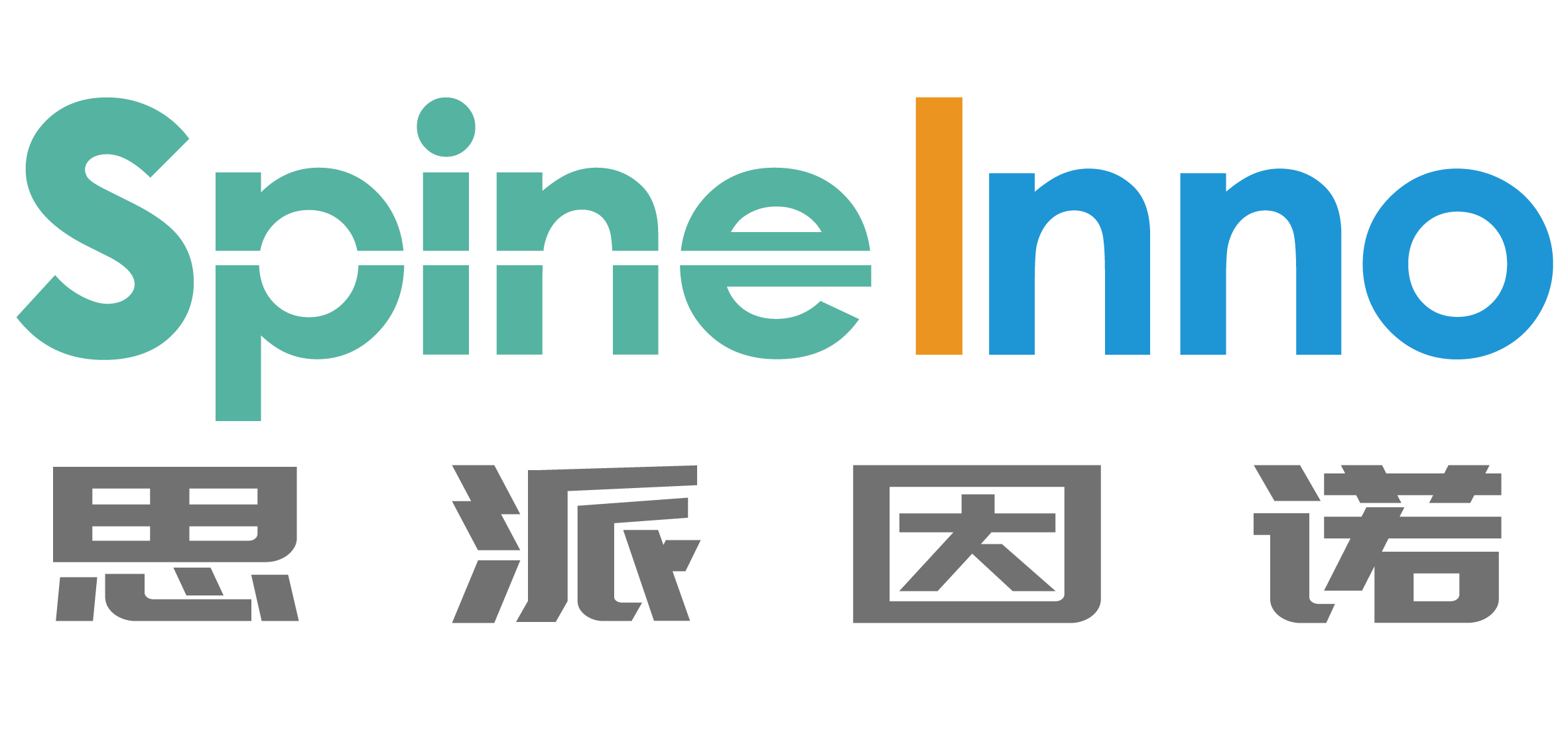How Spinal Cord Injury Works
The spinal cord is a crucial component of the central nervous system, running from the brain down through the vertebrae to the pelvis. It contains thousands of nerves that transmit messages between the brain and various parts of the body. A spinal cord injury can occur when the cord is damaged due to trauma, infection, or degenerative diseases like multiple sclerosis.
When the spinal cord is damaged, the communication between the brain and the rest of the body is disrupted. Depending on the severity of the injury, the symptoms can vary from temporary numbness or tingling to permanent paralysis. The location of the injury on the spinal cord also plays a vital role in determining the extent of the damage.
The spinal cord consists of gray and white matter. Gray matter contains the cell bodies of neurons, while white matter contains nerve fibers that connect different parts of the spinal cord and the brain. When a spinal cord injury occurs, the white matter nerve fibers can be damaged, leading to the loss of sensation, motor function, or both.
Magnets and magnetic fields are often used in treating spinal cord injuries. They produce a magnetic field by creating electrical currents in the tissues, which can help stimulate nerve regeneration and reduce inflammation. Magnetic fields can also be used to stimulate muscles and improve circulation, which can speed up the healing process.
Recent advancements in technology have enabled the development of new treatments for spinal cord injuries. These treatments include stem cell therapy, which involves using stem cells to help regenerate damaged tissues and restore function. There are also robotic exoskeletons that can help individuals with spinal cord injuries walk again by providing support and assistance.
In conclusion, the spinal cord is a critical part of our nervous system that enables communication between the brain and the rest of the body. A spinal cord injury can result in a wide range of symptoms, including temporary numbness or permanent paralysis. Utilizing advanced technologies like magnets and stem cell therapy can help in the treatment of spinal cord injury.
If you have questions regarding spinal cord injury or looking for suppliers of related technologies, feel free to contact us today.
